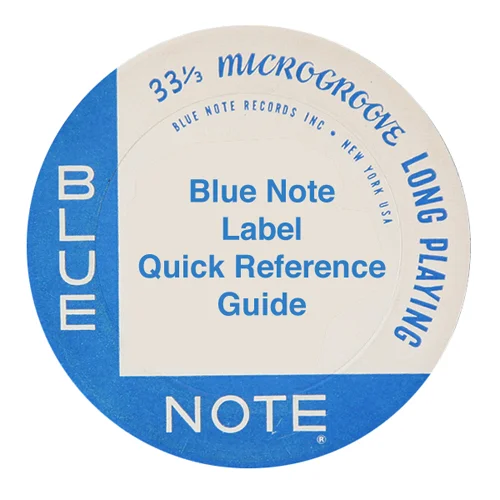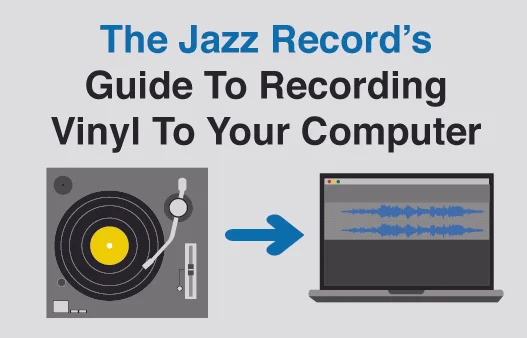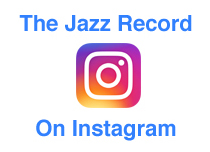Wayne's Brains: Wayne Shorter - "Schizophrenia"
/Wayne Shorter • Schizophrenia • 1967 • Blue Note BST 84297
Recorded March 10, 1967 at Rudy Van Gelder Studios, Hackensack, NJ
The Selections:
The Players:
Wayne Shorter - Tenor Sax
James Spaulding - Alto Sax, Flute
Curtis Fuller - Trombone
Herbie Hancock - Piano
Ron Carter - Bass
Joe Chambers - Drums
The Tracks:
A1. Tom Thumb
A2. Go
A3. Schizophrenia
B1. Kryptonite
B2. Miyako
B3. Playground
The Dig:
I picked this beauty up on Record Store Day earlier this year, having felt a bit of an obligation to stop in and visit my local record store that has been so good to me over the years. I wasn't going to wait in line to with a bunch of folks looking for the newest colored vinyl on re-releases that are more expensive and sound worse than the originals, and none of the new releases being offered for RSD really peaked my interest anyway (the Basement Tapes redux would have been a nice grab, but that of course was already gone when I got there, and I tend towards vintage vinyl anyway). My real reason for going was to check out some of the "new arrivals" in the used section when things calmed down in the afternoon, as I knew they would be stocking the section with some goodies for RSD. It still caught me by surprise, however, to come across an original Liberty pressing of Schizophrenia, one my favorite Wayne Shorter records from his time at Blue Note. Now, I already had a nice 1970's "black b" pressing of this album in my collection, and I'm not normally one to upgrade just for the hell of it, but it being RSD, and a favorite of mine, I couldn't pass it up at the $28 asking price. The perfect storm, I suppose, for an excellent addition to my collection.
The Record:
Wayne Shorter was so important to the world of modern jazz starting around 1960 that it is hard to know where to start. As Richard S. Ginell puts it in Shorter's biography on AllMusic:
Though some will argue about whether Wayne Shorter's primary impact on jazz has been as a composer or a saxophonist, hardly anyone will dispute his overall importance as one of jazz's leading figures over a long span of time. Though indebted to a great extent to John Coltrane, with whom he practiced in the mid-1950's while still an undergraduate, Shorter eventually developed his own more succinct manner on tenor sax, retaining the tough tone quality and intensity and, in later years, adding an element of funk. On soprano, Shorter is almost another player entirely, his lovely tone shining like a light bean, his sensibilities attuned more to lyrical thoughts, his choice of notes becoming more sparse as his career unfolded. Shorter's influence as a player, stemming mainly from his achievements in the '60s and '70s, was tremendous upon the neo-bop brigade who emerged in the early '80s, most notably Branford Marsalis. As a composer, he is best known for carefully conceived, complex, long-limbed, endlessly winding tunes, many of which have become jazz standards yet have spawned few imitators.
Wayne Shorter Doing His Thing.
After spending four years with Art Blakey's Jazz Messengers from 1959 to 1963 (where he eventually became the musical director), Shorter joined Miles Davis' second classic quintet in 1964, staying with him until 1970. During his time with Miles, he recorded a series of albums for Blue Note that were all outstanding and some are even considered stone-cold classics (Speak No Evil, JuJu, Adam's Apple). Towards the end of this run of recordings came Schizophrenia in 1967, a fantastic record that shows off the "two" sides of Shorter - his straight ahead compositions, along with those that moved more into the free jazz and post bop realms.
Just check out the opener "Tom Thumb," which starts out sounding like a typical late-'60s soulful Blue Note number, before it soon shows itself to be a more advanced hard bop and adventurous piece [listen to "Tom Thumb" above]. It shows off how talented Shorter was at choosing sidemen to accompany him: Spaulding, Fuller and Hancock are extremely comfortable with this form of jazz. Fuller, as always, is just pure joy to listen to, he is as underrated as it gets among his fellow brass players of the day. Spaulding also shows just how important he was to this mid-to-late '60s era of Blue Note recordings: how many great sessions from this period did he add his muscular alto and delicate flute playing to? And, Herbie? Well, he's Herbie. Solid as a rock and always showing why he is deserving of all the accolades heaped upon him over the years. It, of course, didn't hurt that Shorter had been recording and touring with Hancock and Carter as bandmates for a few years by 1967, during his time with Miles Davis, forming one of the more memorable symbiotic quintets in the history of jazz.
Compare the soulful and bluesy "Tom Thumb" with the album closer "Playground," a track that fully shows off Shorter's notions of what free jazz can be, it's an intricate and unpredictable composition that illustrates not just how talented this group of players is, but also how much they are on the same page at this point in their respective careers [listen to "Playground" above]. Shorter's meaty and swinging solos are matched by Fuller and Spaulding in turn. The rhythm section of Hancock, Carter and Chambers sound like they are having the time of their lives stepping outside of the standard modern jazz that they would have been accustomed to playing most of the time.
The rest of the record falls somewhere between the opening and closing tunes, most easily classified as post bop, but with that soulful edge that defined much of Blue Note's classic sound. In retrospect, this album doesn't sound nearly as "out there" as it may have to some listeners when it was released in 1967, but what it does sound like is the work of a master at the peak of his powers - both as a player and a composer - who is joined by a group of like-minded and ultra-talented musicians who are thrilled to be along for the ride. It is an under-appreciated and overlooked classic from Shorter's first period of recordings as a leader.
The Vinyl:
This is an original Liberty pressing, the vinyl is neither noticeably thick or thin, but somewhere in the middle. To my ears the sound is great, with excellent separation of the instrumentation and bright, loud playback. As I said above, this was replacing a later "black b" pressing already in my collection, and the difference in the weight of the vinyl is noticeable, but not to the extent that the reissue is as flimsy as some other '70's releases.
We've got "BNST 84297 A" and "BNST 84297 B" hand-etched into the vinyl trail off on the respective sides, with the full "VAN GELDER" stamped on each side's trail-off as well.
The cover artwork is great, if not quite up to historic Blue Note standards, although to me it screams late 1960s, with it's trippy mirror-image over-contrasted blue and green image of Shorter blowing his horn.
This copy has the "NOT FOR SALE FOR PROMOTIONAL USE ONLY" phantom stamp in the top right corner; it's really only visible up close, which is a nice change from other labels that used stickers to tell us the same thing. I have seen plenty of these stamped Liberty pressings over the years in the record racks, an educated guess would be that these records did not sell all that great and many of the existing copies hanging around out there originated from a radio station library. It sure would be interesting to know what the sales for an album like this were. That information should be around somewhere, but we sure never hear much about vintage jazz album sales, other than the usual refrain that Kind Of Blue is the best-selling jazz album of all time.
Everyone Seems To Love A Side-By-Side Comparison:
It may not be what some label-obsessed folks want to hear, but to my ears there is not a huge difference in the playback between the original 1967 pressing of Schizophrenia and the later "black b" reissue from the mid-1970s. If anything, the later pressing would seem to be a bit thinner in the low end than the original. Both have the exact same markings in the vinyl trail-off, including the "VAN GELDER" stamp, which would suggest that the reissue was pressed from the same masters as the original.
Now, it should be said that my "black b" copy is in very good condition, with minimal wear which helps with the sound. One thing I've learned over the years is that pressings from the 1970s, with the thinner vinyl, do not stand up to abuse anywhere near as well as LP releases from the 1950s and 1960s. The effect on playback is much greater, and even a deep cleaning often can't hide the flaws that lie deep within those grooves. In any case, my later copy of Schizophrenia is pretty darn clean so it wasn't an issue. The lesson learned is not to pass up on a decently priced copy of a later Blue Note pressing if it's in good condition, while at the same time don't overpay for a pressing from the same time period if the vinyl is beat up. Obviously this advice does not apply to those that only think pre-1970 Blue Note vinyl releases are worth your time and money.
In the end, the Liberty release does have a slightly fuller sound, mostly because the high end is not quite as pronounced as it is in the reissue. At the end of the day, though, the mid-1970s reissue certainly fulfills the promise that comes with vintage vinyl, capturing that certain something that just can't be found on CD or modern day reissues.
Wherever you land on the label-obsession spectrum, check out the side by side recordings of the title track below, starting with the original. And as with all recordings here on TJR, there was no clean up of the audio file involved, just a slight increase in the volume to facilitate playback on today's modern digital machines.
"Schizophrenia" from the original 1967 Liberty release...
"Schizophrenia" from the mid-1970s "Black B" reissue...












